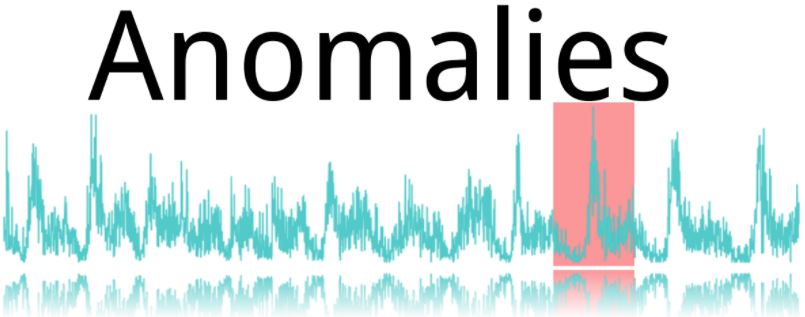
An anomaly is an outlier point beyond the third standard deviation; in other words, it is an empirical pattern that deviates from the norm. Anomaly Discovery is the process of identifying these anomalies and understanding their causes and implications. The difficulty lies in recognizing what is useful and what is not and being able to do so quickly. The Anomaly Discovery process gets granular enough to analyze existing benchmark models and differentiate simple blips from significant indicators. With the use of advanced technology, it does so more quickly and effectively than manual analyses could. The data helps companies either prevent the future recurrence of the anomaly or prepare them for new trends indicated by its presence. By gaining a comprehensive understanding of certain anomalies in real time, companies can be better equipped to address and respond.
Who uses Sales Anomaly Discovery?
Fraud Detection Agencies use Anomaly Discovery in order to quickly and accurately detect real threats. By filtering out the true red flags from the insignificant outliers, it helps companies be most efficient in their responses. Anomaly Discovery is used by Environmental Inspection Agencies to monitor and regulate construction projects and look out for environmental damages that may require immediate attention. In the Medical Field, anomaly detection in image processing is key to catching abnormalities in scans and X-rays. In Retail, anomalies can be an indication of a technical problem, such as an online payment issue that causes a sudden plummet in sales. With an active Sales Anomaly Discovery model in place, such incidents can be immediately cured to minimize damage. The model is also useful in Retail to detect upcoming trends and help companies adapt and respond to external stimuli quickly.
